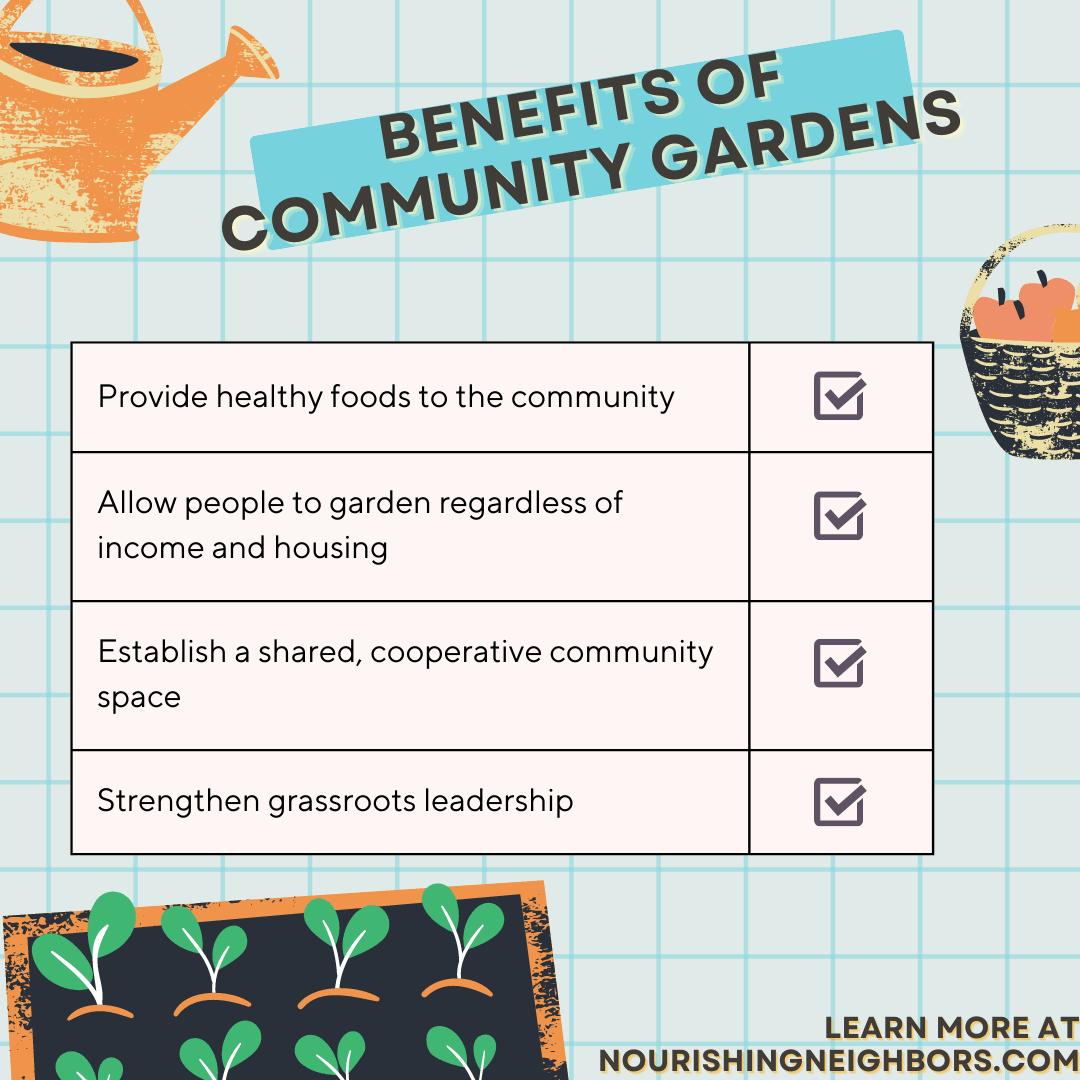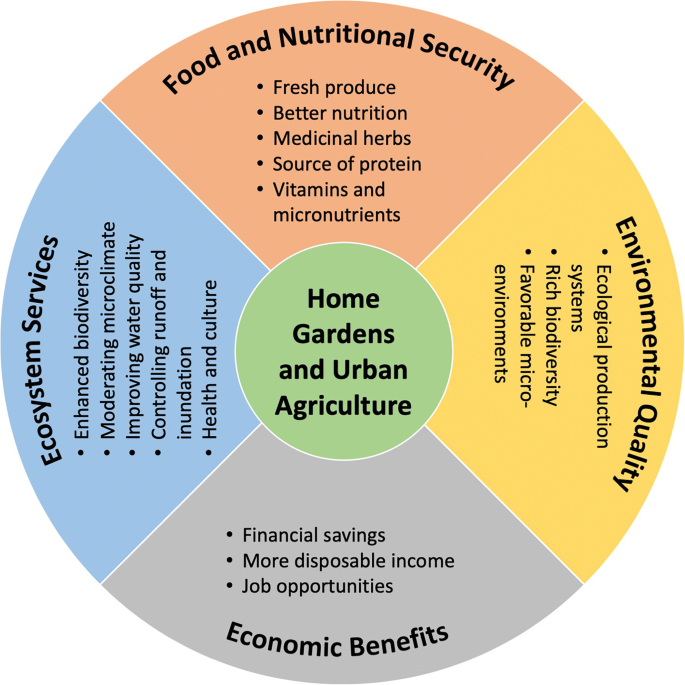The Only Guide for City Blooming
The Only Guide for City Blooming
Blog Article
How City Blooming can Save You Time, Stress, and Money.
Table of ContentsCity Blooming Things To Know Before You BuyThe smart Trick of City Blooming That Nobody is DiscussingThe smart Trick of City Blooming That Nobody is Talking AboutGet This Report about City BloomingGetting The City Blooming To Work
Urban yards frequently gain from warmer microclimates, permitting the farming of much less sturdy plants such as palms and bamboo. https://www.40billion.com/profile/119205739 commonly discovered in warmer areas. And as we have actually said, do not just go with small plants; little city gardens can handle huge plants and trees and selecting these over little picky shrubs will certainly make the space really feel larger and much more interestingUtilize big containers they do not dry as quickly as smaller pots, so they are less work to maintain water. Pick hardscaping components for an urban garden The organized lines, asymmetrical plan, and usage of different products in this London-based Victorian balcony's yard layout create a seamless connection with the architecture, making it appear as a natural extension of the general visual.
Plant vertically Cover the wall surfaces in plant, whether that be beautiful mountain climbers that ripple messily over your fencing or something more included and contemporary like a living wall surface. Make the most of a light well garden Whitewashed walls and pale floor tiles turn it from a dark and dull space into an area you 'd intend to hang around on a Sunday morning with a mug of coffee.
Some Known Factual Statements About City Blooming
Upright farming and aeroponics enable crops to be expanded in controlled environments, using marginal area and resources. IoT-based innovative horticulture systems allow remote monitoring and automation of gardening processes. Urban farming applications and on the internet resources give beneficial info, tips, and area support for urban garden enthusiasts. A page from the London Municipal government web site offers information concerning metropolitan farming in London.
They have a mission to end appetite in our generation by growing yards on extra land in cities. They offer a variety of sources to aid people get included in city farming, consisting of educational materials, horticulture ideas, and an area forum.

Unknown Facts About City Blooming
Urban Development is a community-led business that collaborates with both communities and programmers to create a much healthier city. They are dedicated to sustainability, empowerment, and delight, and they believe that everyone has the power to make a distinction. Urban gardening is an effective motion that brings nature back into the concrete forest.
Katy started at Gardening Express with minimal understanding of gardening, but under the mentorship of Chris Bonnett and the various other gardening professionals in the firm, she now has more than two years of experience in the cultivation industry. Katy has actually edited 300 posts on topics such as plant care, yard styles, yard design, and maintenance.
Katy's goal is to help newbies and seasoned garden enthusiasts alike create and appreciate their own welcoming exterior spaces easily.
Area yards are semi-public spaces shared by an area of next-door neighbors and various other individuals where they collectively take part in expanding fruits, vegetables, or flowers, sharing labor and harvest. It's wonderful to get included in these lasting projects as they're similarly useful for you, the area, and the atmosphere. Area gardens are discovered in areas, yet can also be created in institutions, residential lands, or organizations, such as hospitals.
The Definitive Guide for City Blooming
Several of the ecological advantages of area yards include: Remediation of vacant land and communities by repurposing themProduction and upgrading of water infiltration and various other ecological community servicesPromotion of biodiversity by growing indigenous plantsEducating the community regarding gardening, urban farming, and their benefitsReduction of food transportation minimizing air pollutionPromotion of sustainable agriculture practicesFostering social inclusionThe over ecological benefits show the total value of neighborhood gardens and their payment to supplying habitat for organisms and food to the citizens, getting rid of food insecurity.
Area yards add to attaining these objectives as they are available to all despite course, age, sex, education, line of work, etc, and play a substantial role in elevating understanding and knowledge concerning gardening and city farming amongst the citizens. Area gardens highlight a demand for city residents to return to nature.

And also, it removes food insecurity in neighborhoods which is a noble goal. Working in a shared garden enables a return to true values.
The 15-Second Trick For City Blooming
Some of the environmental benefits of neighborhood gardens include: Reconstruction of uninhabited land and environments by repurposing themProduction and updating of water infiltration and other ecosystem servicesPromotion of biodiversity by planting indigenous plantsEducating the area concerning horticulture, city agriculture, and their benefitsReduction of food transport decreasing air pollutionPromotion of lasting agriculture practicesFostering social inclusionThe above environmental benefits show the total value of community yards and their payment to offering environment for organisms and food to the locals, removing food instability.
Neighborhood yards contribute to achieving these objectives as they are easily home accessible to all regardless of class, age, sex, education, line of work, etc, and play a huge duty in increasing understanding and knowledge concerning gardening and city agriculture amongst the citizens. Neighborhood gardens highlight a demand for city slicker to go back to nature.
A means to get closer to nature by adhering to environmentalist valuesSpaces of social variety where conviviality and exchanges aboundPlaces that advertise the integration of deprived teams or people with handicaps into the social fabricA method to boost your living environment (for people staying in apartments and having little eco-friendly area at their disposal)An area of neighborhood home entertainment, to hold social occasions and exterior partiesThe opportunity to grow vegetables, fruits, and natural herbs at reduced costAn possibility to move and exercise in the fresh air by dedicating a couple of hours a week to horticulture and maintaining your garden plotThe chance to share and exchange with other individuals items from the harvestOpportunities to elevate understanding and educate individuals concerning environmental respect via methods such as composting, organic horticulture, rain harvesting, and so on.
Having actually expanded vegetables and fruits will strongly encourage you to eat more of them, which is not negligible for your lifestyle and health. Plus, it eliminates food insecurity in neighborhoods which is a noble objective. Operating in a shared yard permits a go back to true values. The evolution of the consumer culture, the absence of time, and lots of various other aspects lead us a growing number of towards purchasing items in shops.
Report this page